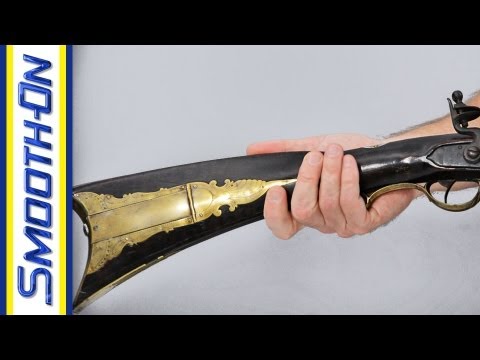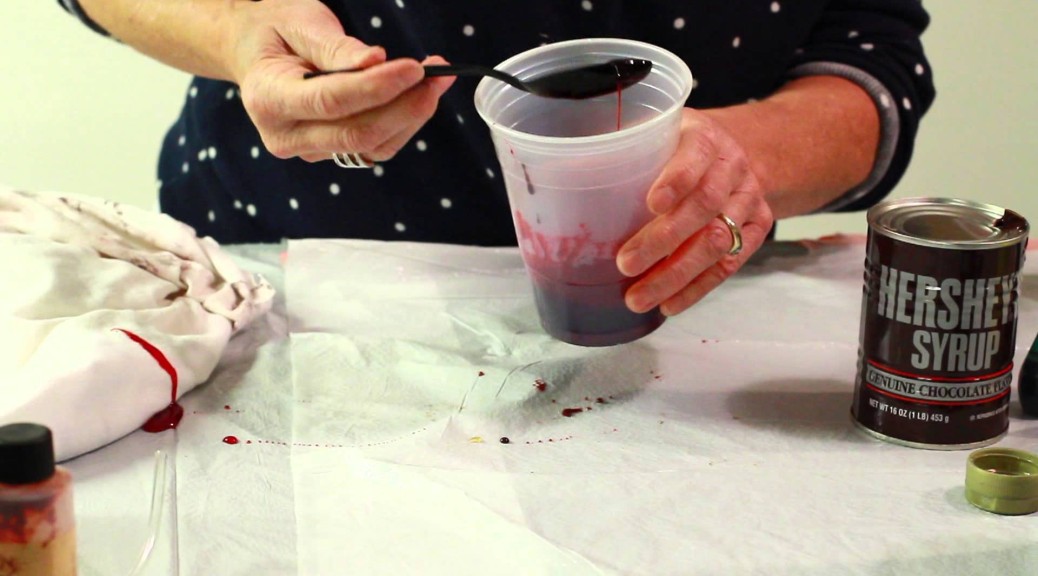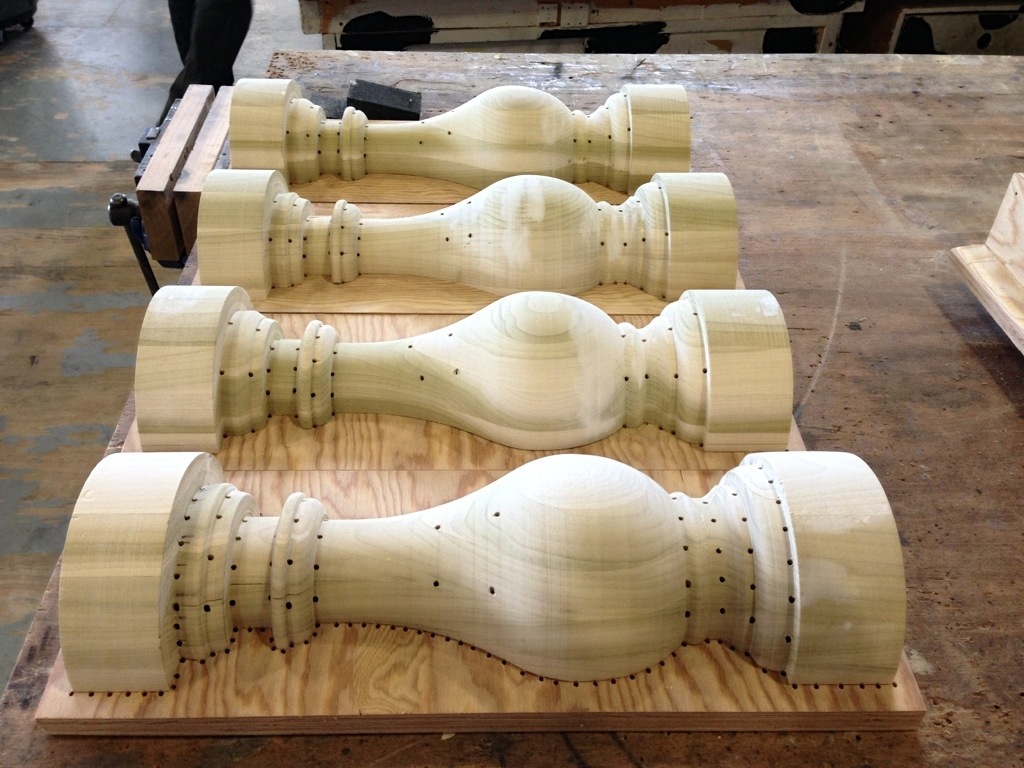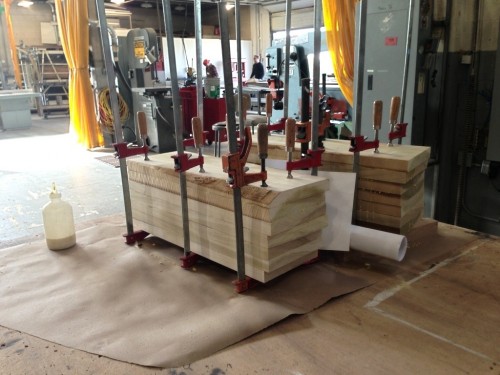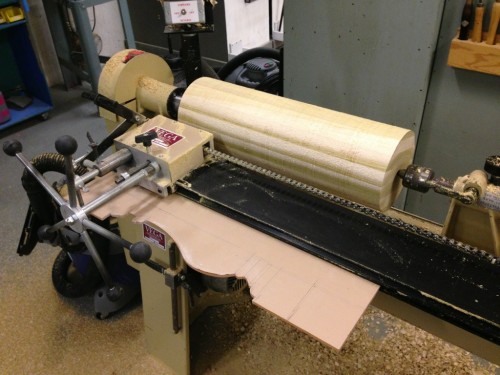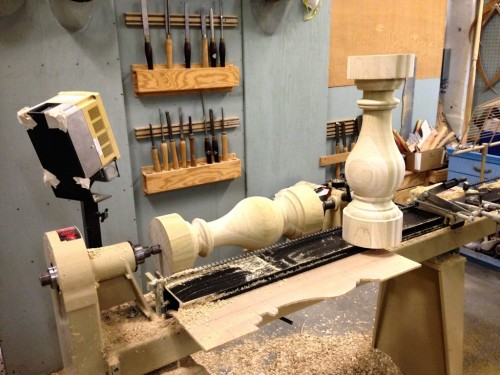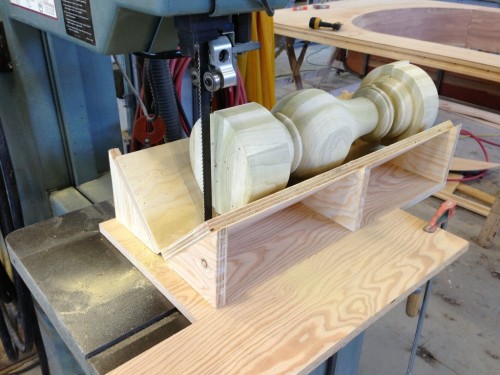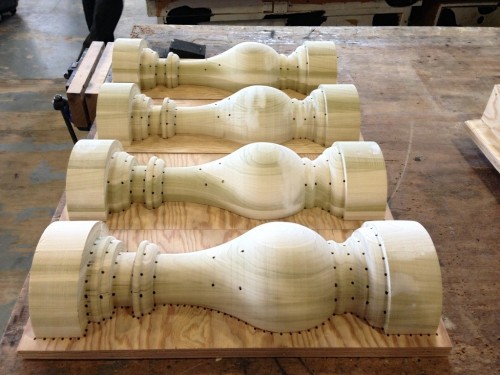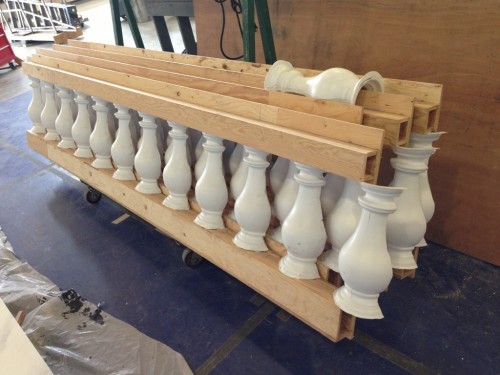We start off today with this look at making a mold of a Zoidberg mask. These techniques are way above my pay-grade, but it is interesting to see such expert work done on a mold. This is actually the 9th installment of an ongoing series dedicated to creating a mask of the eponymous Futurama character, so check out the other parts if you want to see how it was sculpted and designed.
Set designer Anna Louizos has grown tired of seeing set models, set decoration and props ending up in the dumpster after a show closes, so she has begun a website selling them off to collectors. Check out this news story on how she got started, then head on over to the web site itself. Collecting theatre memorabilia is not nearly as wide-spread as collecting movie memorabilia, but hopefully this site makes it more common.
This sounds like it could be a nightmare: your theatre company wants to use the scene/prop shop as a performing space for one of their shows. Check out this video as Paddy Duggin, a carpenter and prop maker at the State Theatre Company in Australia, explains how they did exactly that for an upcoming production of The Seagull.
And finally, we have the movies, where if you need a plane, you just build a plane. Find out why the production designer for Non-Stop needed to build a plane from scratch rather than re-purposing an existing one.

